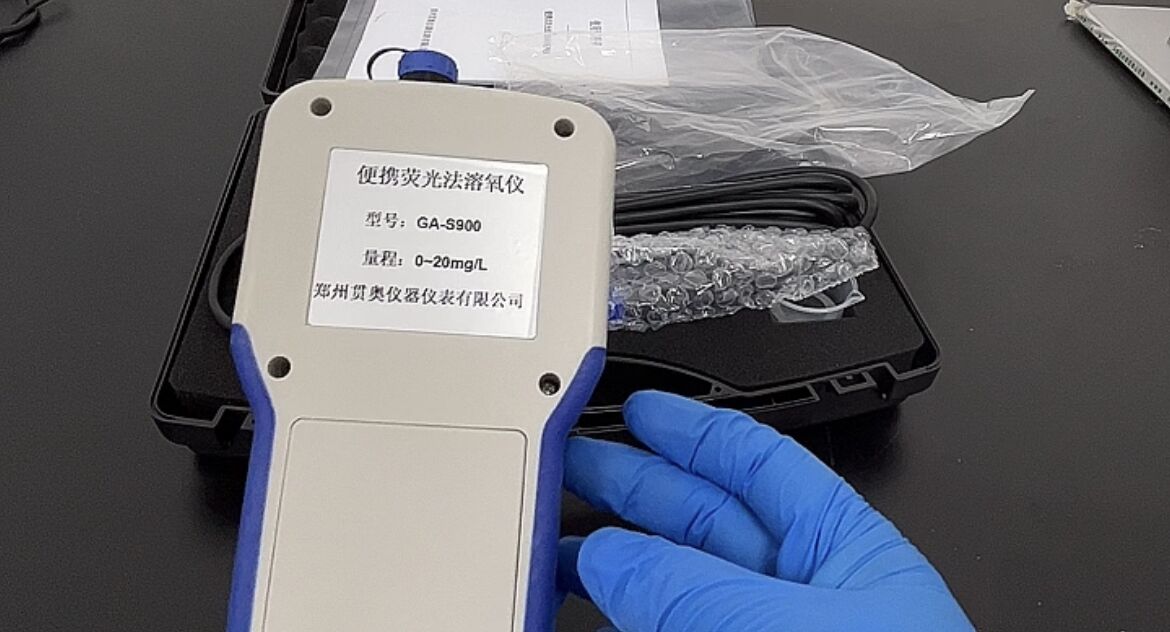Portable fluorescence dissolved oxygen tester is a portable device used to measure the dissolved oxygen content in liquids. It adopts the principle of fluorescence measurement to determine the oxygen concentration by measuring the quenching degree of fluorescence by oxygen molecules in the sample. They are widely used in fields such as water quality monitoring, environmental science, aquaculture, food industry, and scientific research laboratories due to their small and lightweight size, simple operation, fast measurement, and no need for sample preparation.

Portable fluorescence dissolved oxygen tester usually consists of the following main parts:
Sensor: The core component of the fluorescence dissolved oxygen tester is the sensor, which includes a fluorescent light source and a fluorescent detector. Sensors are usually made of special materials that can interact with oxygen molecules in the sample and generate fluorescence signals.
Electronic unit: The portable fluorescence dissolved oxygen analyzer also includes an electronic unit for controlling the operation of the sensor, receiving and processing fluorescence signals, and converting them into numerical values of dissolved oxygen concentration.
Display screen and control buttons: Instruments are usually equipped with a display screen to display measurement results and other related information. It may also have some control buttons for adjusting settings and performing operations.
The specific operation steps are as follows:
1. Preparation: Ensure that the portable fluorescent dissolved oxygen tester has been charged or installed with a battery, and is in working condition. Ensure that the sensors of the instrument are clean and undamaged.
2. Turn on the instrument: Press or slide the switch to turn on the fluorescence dissolved oxygen meter.
3. Calibration: If it is necessary to calibrate the instrument, follow the calibration steps in the instrument manual. Calibration is to ensure the accuracy and precision of the instrument.
4. Immersion in liquid: Immerse the probe or sensor of the instrument into the liquid to be tested, ensuring that the sensor is fully immersed and stable.
5. Waiting for stability: Keep the sensor immersed in the liquid and wait for a period of time to allow the instrument and liquid to reach a stable state. This time may vary depending on the requirements of the instrument.
6. Reading data: There may be a display screen on the instrument that displays the dissolved oxygen content in the liquid. Record or record the measurement results according to the instructions of the instrument.
7. Cleaning and storage: After use, remove the sensor from the liquid and gently wipe it clean with a clean cloth. Store or charge according to the requirements of the instrument.
Please note that the specific operating steps may vary depending on different brands and models of portable fluorescent dissolved oxygen testers. Therefore, please refer to the user manual or operating manual of the instrument before use to obtain accurate operating instructions.



